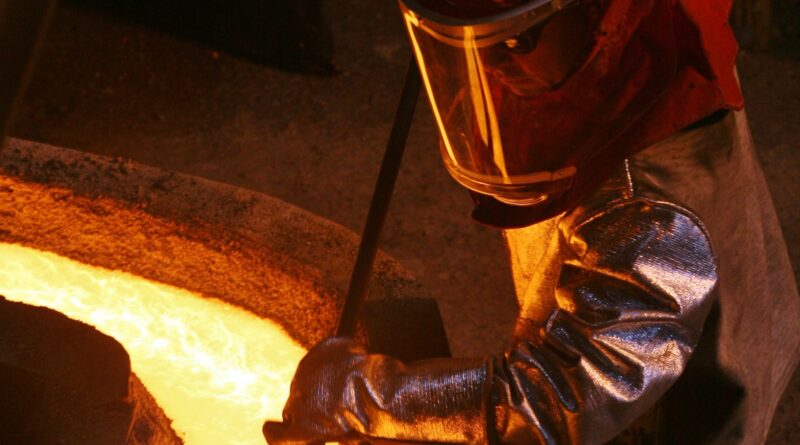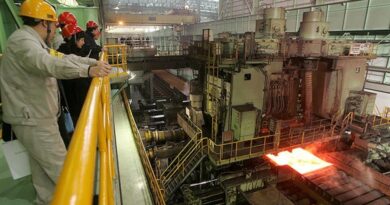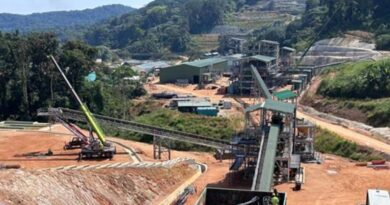BHP Produces six per cent less copper in 9 months
Total copper production decreased by six percent to 1,233 kt. Guidance for the 2021 financial year increased to between 1,535 and 1,660 kt from between 1,510 and 1,645 kt.
For the nine months to March 2021, BHP’s Chilean assets continued to operate with a substantial reduction in their operational workforces as a result of COVID-19 restrictions. The operating environment across its Chilean assets is expected to become more challenging in the June 2021 quarter, given escalating COVID-19 infections, increased pressures on Chile’s health system and border restrictions. Reductions in its on-site workforce are forecast to remain substantial.
Escondida copper production decreased by eight per cent to 821 kt with record concentrator throughput of 378 ktpd achieved offset by the impact of lower concentrator feed grade and lower cathode volumes.
Concentrator throughput continues to be prioritised over cathode production as a result of the reduced operational workforce and to prioritise yield of ore. Guidance for the 2021 financial year has been increased to between 1,010 and 1,060 kt from between 970 and 1,030 kt.
Production in the 2022 financial year is expected to be broadly in line with the 2021 financial year guidance and reflects a continuation of the impacts of COVID-19 and a need to catch up on mine development due to reduced material movement in the current financial year.
Guidance of an annual average of 1.2 Mt of copper production over the next five years remains unchanged, with production expected to be weighted towards the latter years.
Pampa Norte copper production decreased by 21 per cent to 149 kt, largely due to planned maintenance at Spence and the impact of a reduced operational workforce as a result of COVID-19 restrictions.
Guidance for the 2021 financial year has been lowered to between 225 and 255 kt from between 240 and 270 kt, reflecting COVID-19 related impacts on the ramp-up of the Spence Growth Option (SGO). SGO achieved first copper sales, on schedule, in March 2021, following first copper production in December 2020.
The ramp-up to full production capacity at SGO is still on track and is expected to take approximately 12 months from first production, following which Spence is expected to average 300 ktpa of production (including cathodes) over the first four years.
Olympic Dam copper production increased by 25 percent to 155 kt, reflecting improved smelter performance and stability. Production for the March 2021 quarter was 55 kt, the highest quarterly production rate in five years.
The new refinery crane is in the final stages of commissioning. Guidance for the 2021 financial year remains unchanged at between 180 and 205 kt, with volumes expected to be in the upper half of the guidance range. Production in the 2022 financial year is expected to be lower as a result of the major smelter maintenance campaign planned for the first half of the year.
Antamina copper production increased by one per cent to 108 kt and zinc production increased by 47 per cent to 110 kt, reflecting higher copper and zinc head grades. Guidance for the 2021 financial year remains unchanged, with copper production expected to be at the upper end of the 120 to 140 kt guidance range, and zinc production of between 140 and 160 kt.
NICKEL PRODUCTION
Nickel West production increased by 19 per cent to 67 kt as a result of major quadrennial maintenance shutdowns in the prior period and strong performance from the new mines. Production for the March 2021 quarter was impacted by the planned maintenance undertaken at the Kwinana refinery during the quarter. Guidance for the 2021 financial year remains unchanged at between 85 and 95 kt.




